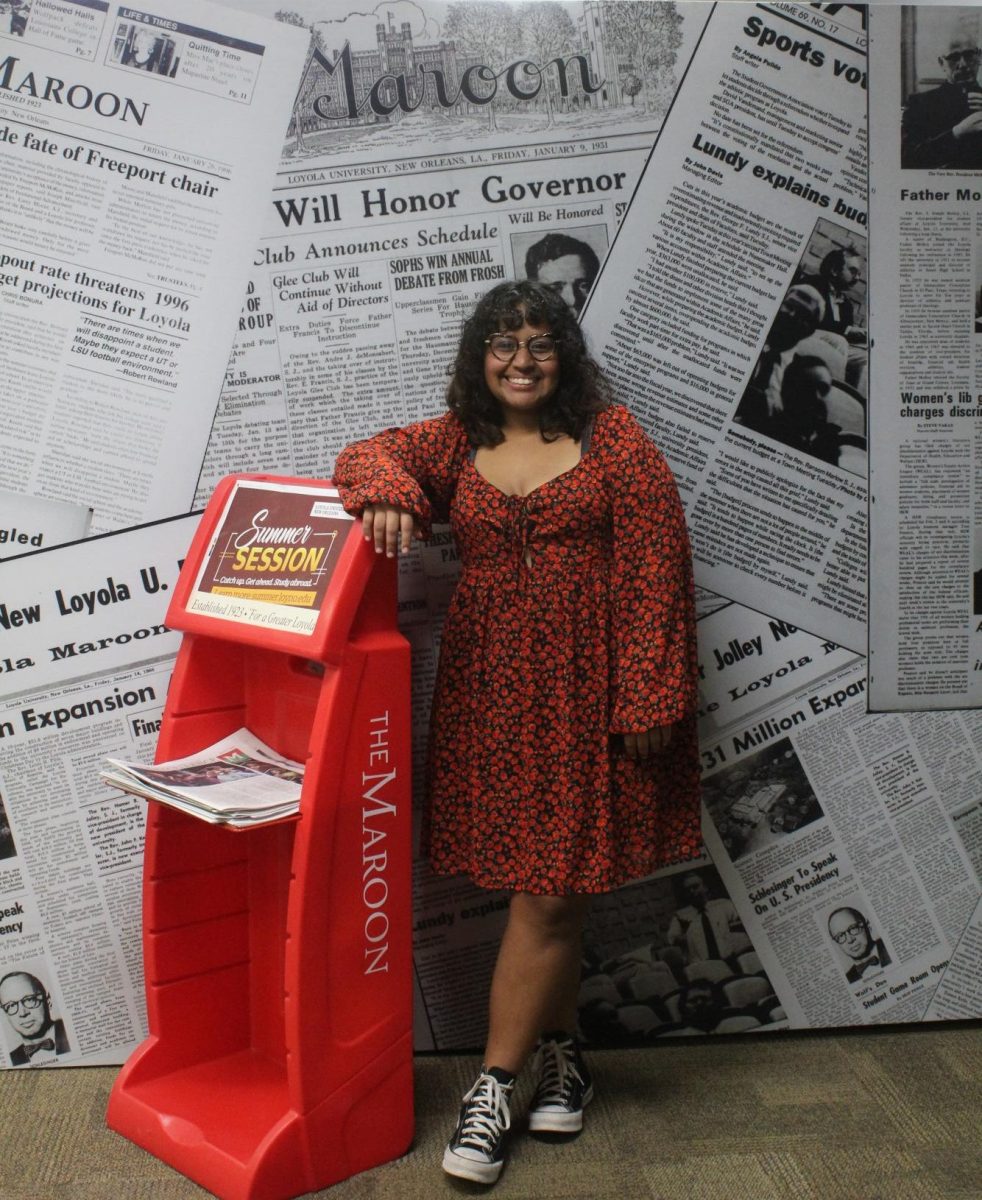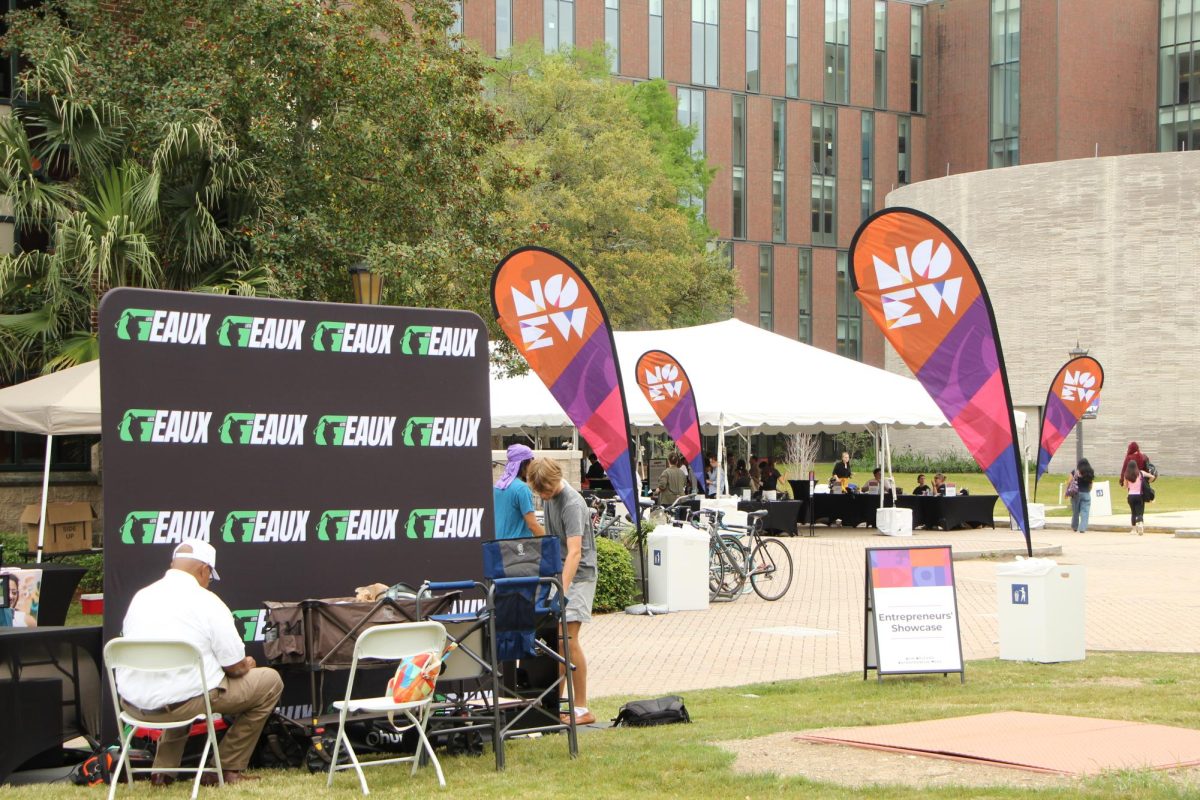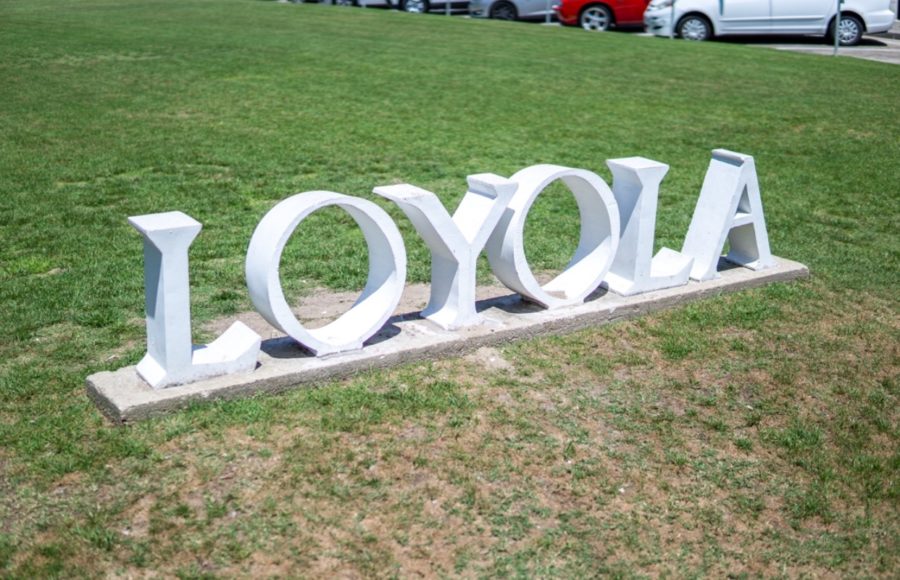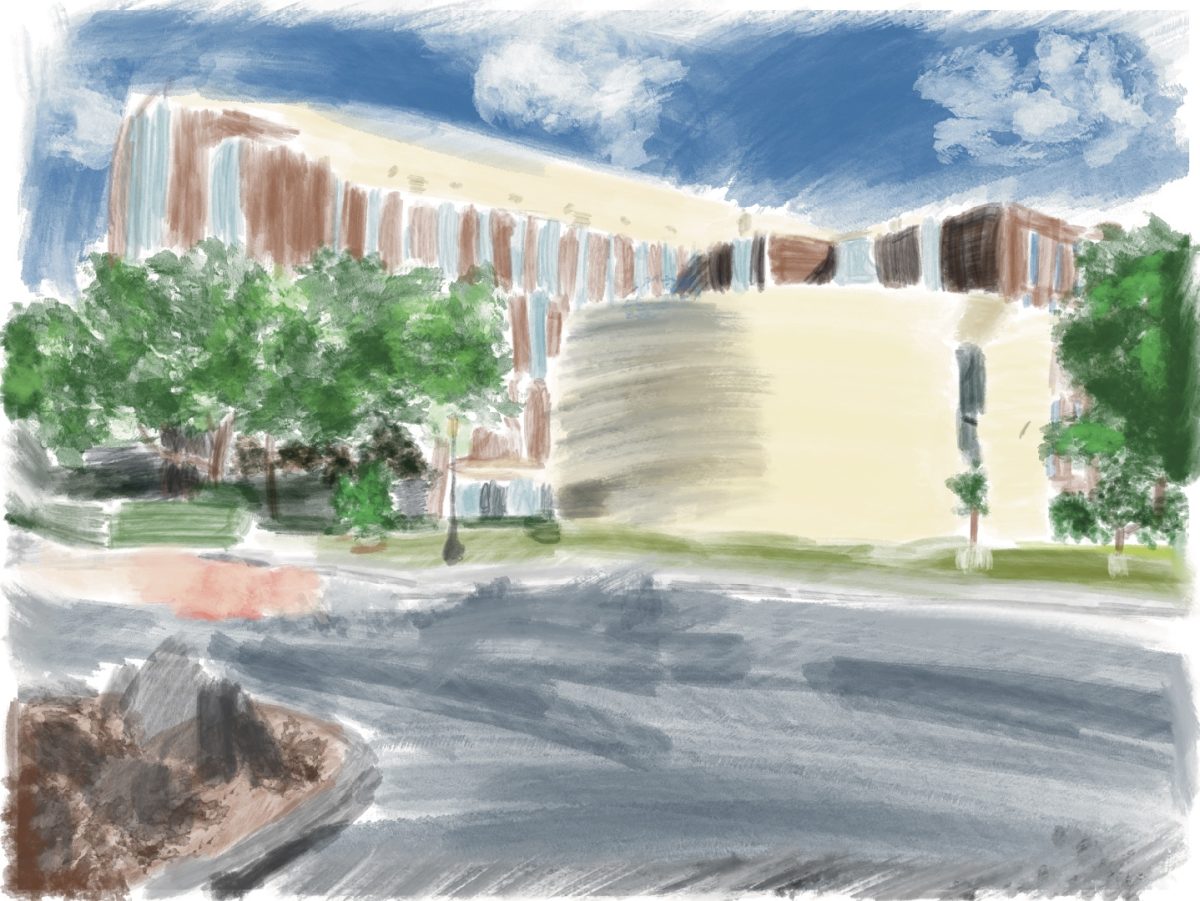What do you know about Loyola’s recycling program?
Sure, we have all seen the blue bins outside of Carrollton, Buddig, the Danna Center and select buildings throughout campus. If you look closely enough, there are other bins in the library that are for paper recycling only.
Close your eyes and go back to freshman orientation, when the idea of college, the idea of growing into your person seemed new and exciting.
All that stood between you and your new life were all the talks about “campus resources.” Pinpoint the talk about recycling and the recycling work-study program.
Remember how they said that recycling was big on campus and how even the food had some sort of recycling component to it? Remember the fliers – you know the ones, with the picture of the blue bins and words?
Is this what you envisioned from the freshman orientation talk, blue bins and hidden bins to represent an active stance of recycling on campus?
In 2012, The Maroon wrote an article about what happens to the contents inside the blue bin. According to four students in the article, the contents go directly where they are not supposed to go: the trash.
The director of facilities operation regarded the incident as a “misunderstanding.” According to her, the students had mistaken the recyclable collector with the trash collector. No reports have been published since January of last year. So what does this mean? Where do the recyclables go? Or is the school even recycling?
If you do a quick Google search on “Loyola recycling” it leads to a name: Kathy Anzelmo, a biology professor who also ran the recycling program at Loyola. She recently retired and left the job to Robert Thomas, Ph.D.
If you do another quick search and Google “Loyola New Orleans freshman orientation recycling” to refresh the memory of that long ago talk about recycling during orientation, the Green Report Card, rewarded by The College Sustainability Report Card, comes up.
Guess who hasn’t been doing well in their class of “Food & Recycling” or “Green Building”? Not even just in 2011, when the latest report was published, but from 2007, when the first report was published.
Let me tell you that the B they earned in 2011 in “Food & Recycling” is an improvement. The A in “Green Building” is an improvement also, when prior to 2011 the school made F’s every year.
Click on the Compare School tab, find Tulane and you see that Tulane did some studying – perhaps not as great for the Ivy School they claim to be, but substantially better than Loyola.
According to the executive summary in 2011, to address the issue the school created one committee. This committee has held six meetings, and three faculty members and three students participated.
Only six people at a school out of roughly 3,000 people were present to address the issue of thousands of materials that could be recycled.
I don’t know about you, but I see some logistical problems: if you do the math that’s less than two percent of the population.
So where does that leave us? Still looking for answers, mainly answers to what happened to the recycling utopia the school painted back in freshmen orientation.
Yunuen Cacique-Borja is a psychology/pre-health sophomore and may be reached at yacaciqu@loyno.edu
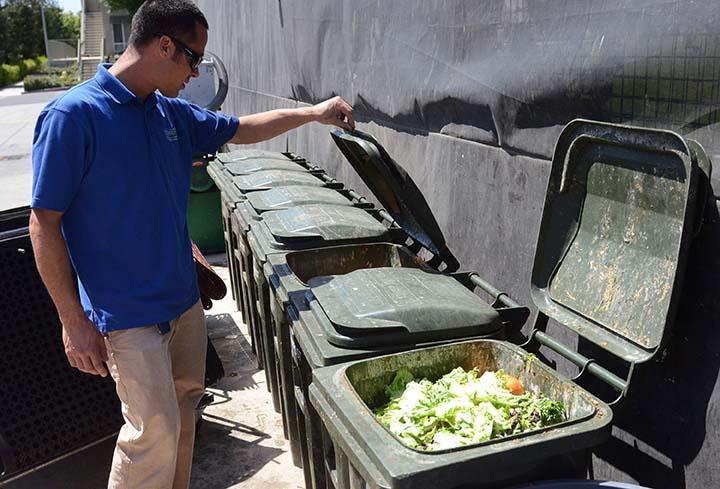
Matt Hirota, waste reduction/recycle coordinator at University of California, Merced, inspects bins used to compost food waste. Loyola could implement similar recyling methods, as the existing recycling program deals mostly with paper waste. (Mark Crosse/Fresno Bee/MCT)




